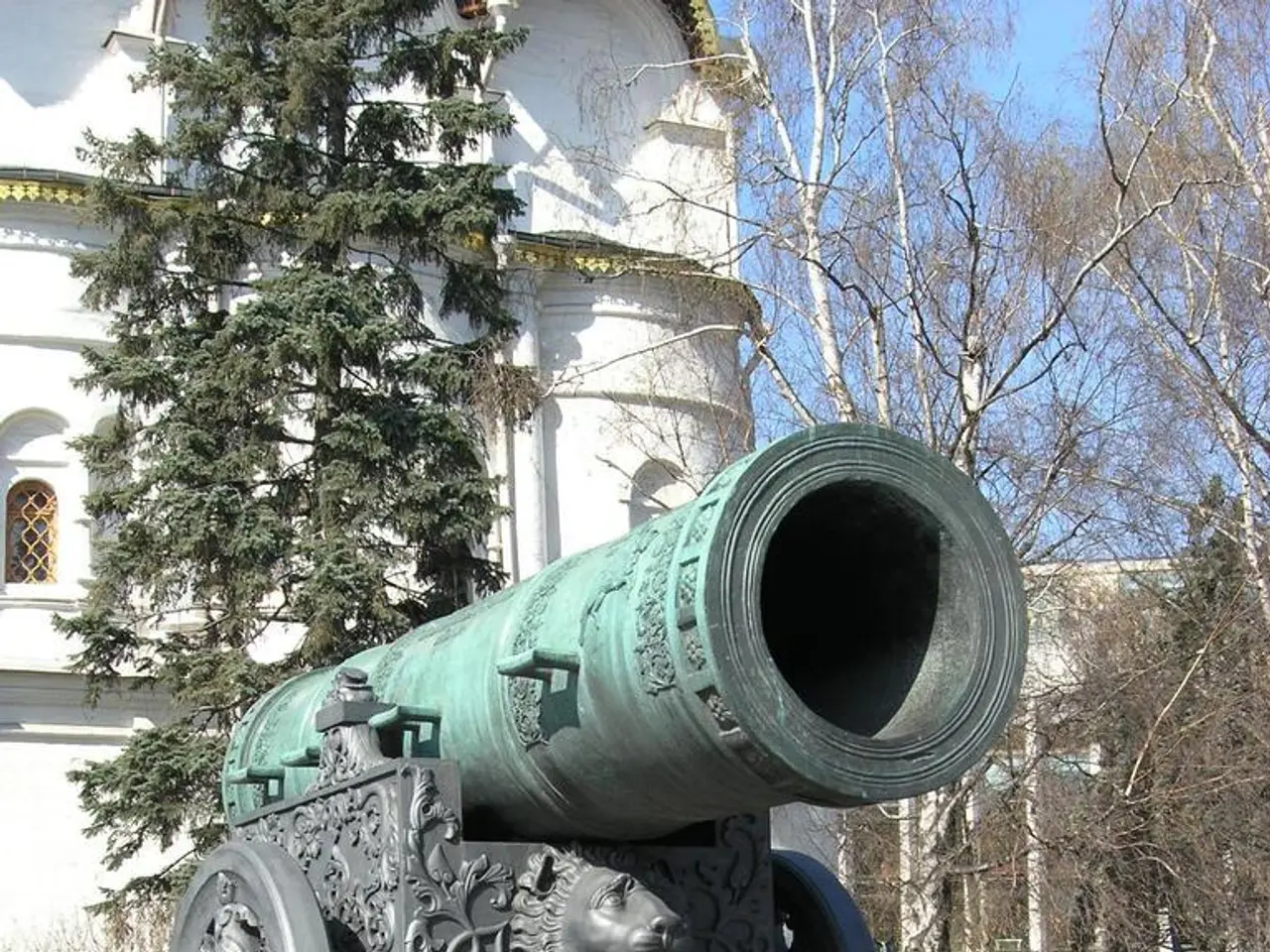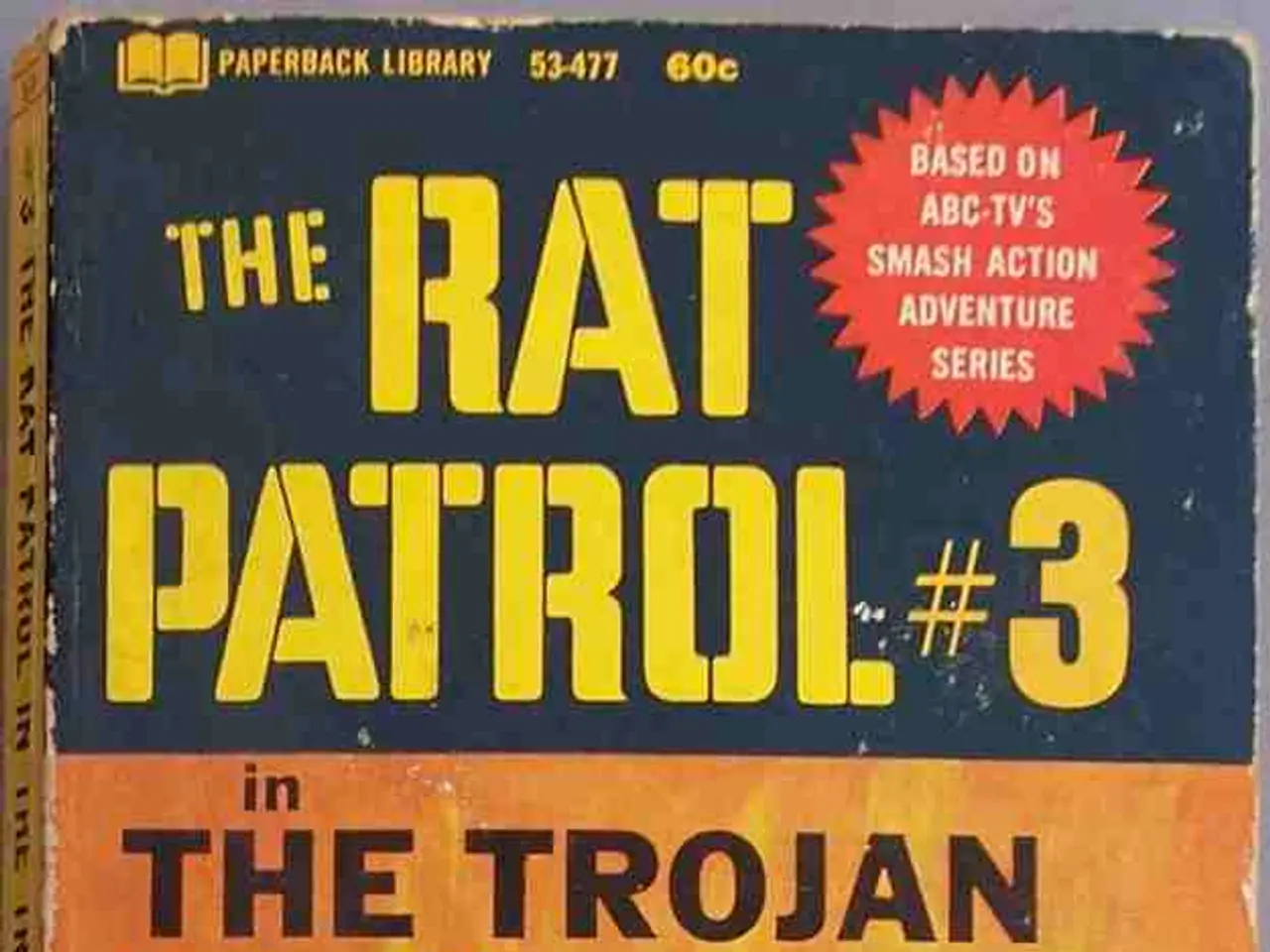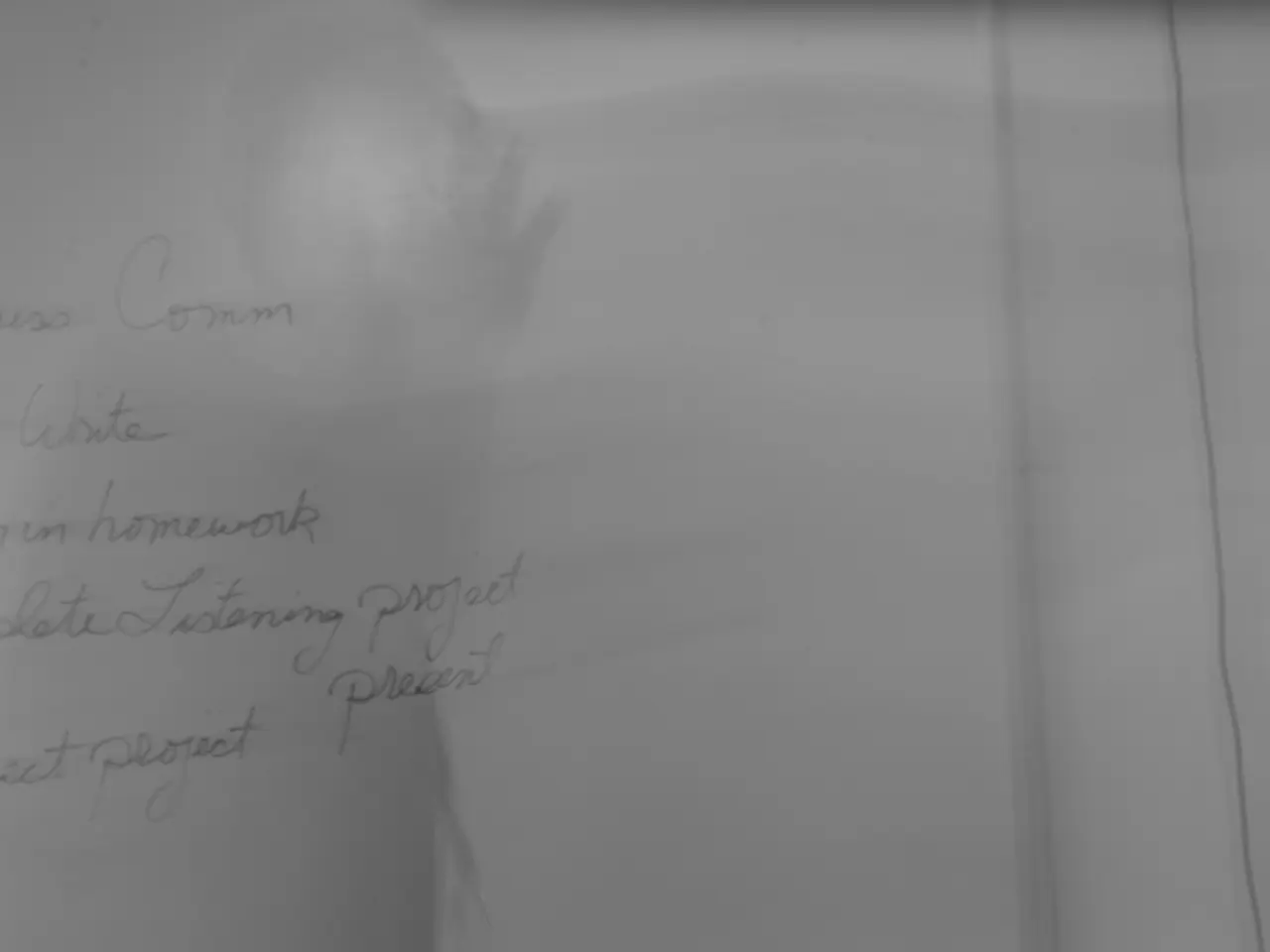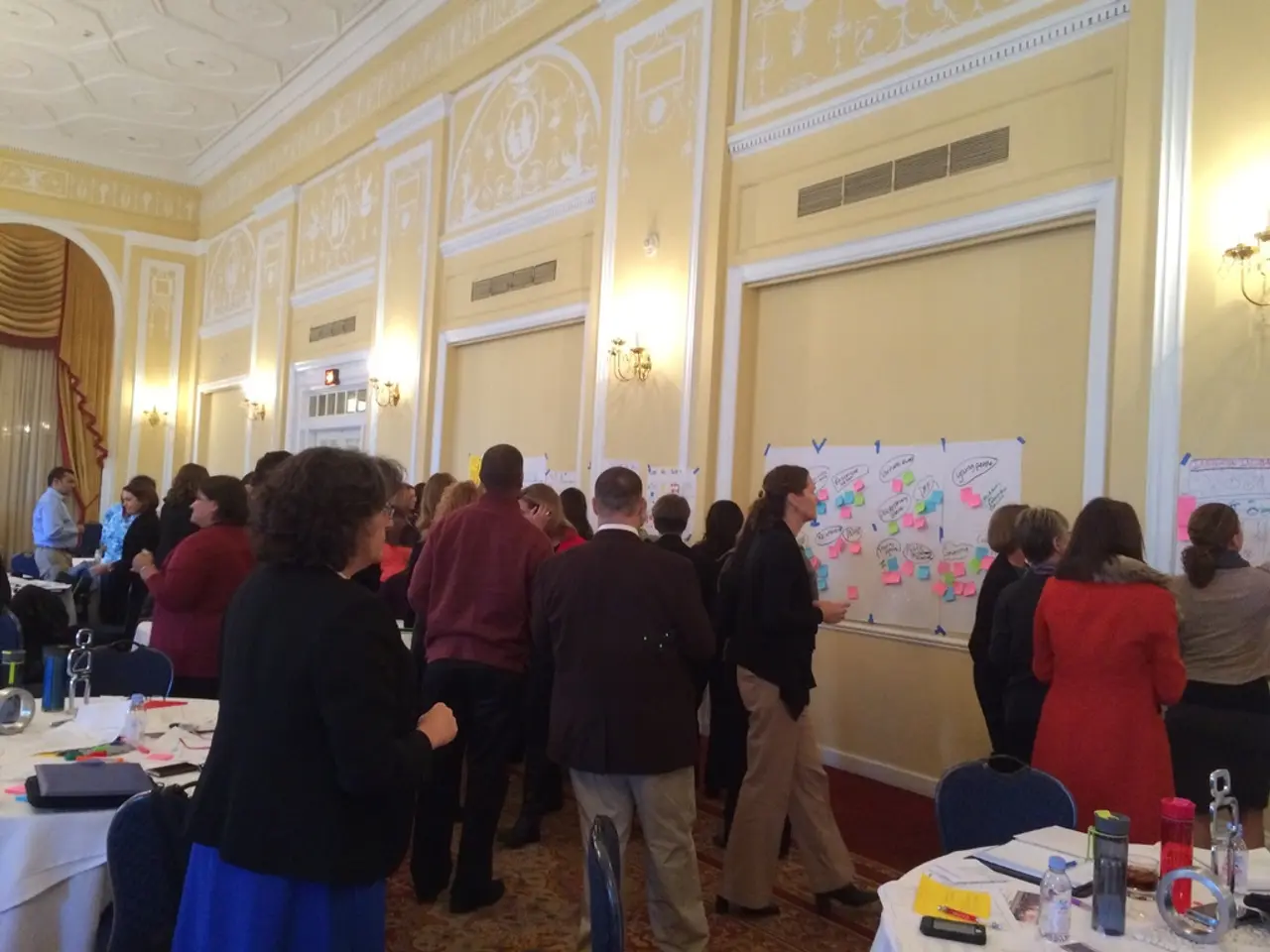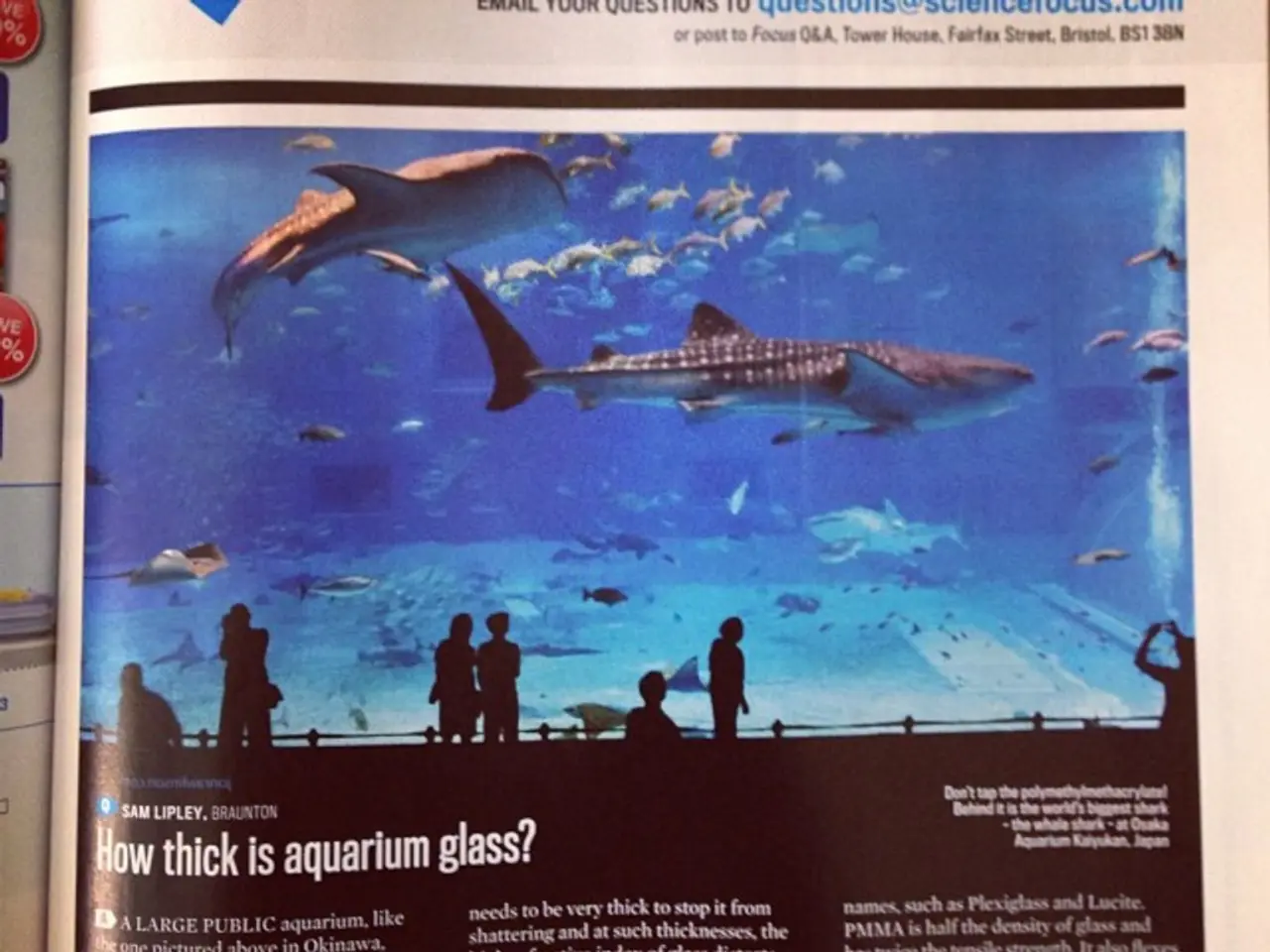Struggle over Statues Across the Baltic Region to the Caucasus Republics
In recent times, a significant shift has been observed in the post-Soviet states, particularly in the Baltic States and Eastern Europe, as well as in countries like Armenia and Ukraine. This transformation revolves around the removal and dismantling of monuments and cultural artifacts associated with Russia and the Soviet Union.
The Baltic States, in their efforts to distance themselves from symbols linked to Soviet occupation and Russian influence, have taken down many Soviet-era World War II monuments. This trend is echoed in Armenia, where despite the protected status of Soviet WWII memorials, there are plans to dismantle these monuments, signalling a potential shift towards new national narratives.
Ukraine and Crimea, heavily impacted by Russia's annexation and ongoing military actions, have experienced large-scale looting of cultural heritage. Russian authorities have illicitly excavated and transported over 100 cultural artifacts from occupied Crimea, including from significant archaeological sites like Chersonesus Taurica. These items have been displayed as part of exhibitions, falsely presenting them as shared heritage, effectively amounting to cultural appropriation or looting.
The situation in Ukraine also includes targeted removals or proposed removals of Russian cultural monuments, such as memorial plaques to literary figures like Pushkin in the Odesa region. This reflects broader efforts to de-Russify public spaces.
This trend is not merely a reaction to recent Russian aggression but also part of a long-term post-Soviet redefinition of national identities across the region. The removal or dismantling of Russian/Soviet heritage monuments serves both symbolic and political functions, signifying a reassertion of national identity separate from Russia's legacy and influence.
This process, however, poses a threat to Russia's ties with its compatriots abroad and the general loss of influence of Russian soft power. As monuments to local figures who collaborated with Russia in different historical periods are the last to fall, and Russian and Soviet culture is primarily banned in the local context, the Russian language and original culture lose their local importance.
In conclusion, the removal of Russian and Soviet heritage is a complex issue, rooted in historical grievances and geopolitical conflicts. It serves as a testament to the post-Soviet republics' efforts to reclaim their historical narratives and cultural spaces, but also raises concerns about the potential weakening of Russia's ties with its diaspora and the erosion of Russian soft power.
References: 1. Russian legislation enacted in 2023 causes artifacts and museum collections from Ukrainian occupied territories to be permanently absorbed into the Russian state museum system 2. Russian authorities have removed over 100 cultural artifacts from occupied Crimea 3. Armenia debates dismantling Soviet memorials, with this possibly setting a precedent regionally 4. Cultural de-Russification includes removing plaques and monuments linked to Russian historical figures in Ukraine 5. Russian legislation enacted in 2023 causes these artifacts and museum collections from Ukrainian occupied territories to be permanently absorbed into the Russian state museum system
- The dismantling of Soviet WWII memorials in Armenia could potentially signal a significant shift in national narratives, resembling the trend observed in the Baltic States, echoing a broader post-Soviet redefinition of national identities.
- The removal of cultural artifacts from occupied Crimea by Russian authorities and their subsequent display as shared heritage has been criticized as cultural appropriation or looting, adding to concerns about the erosion of Russian soft power and its ties with diaspora communities.
